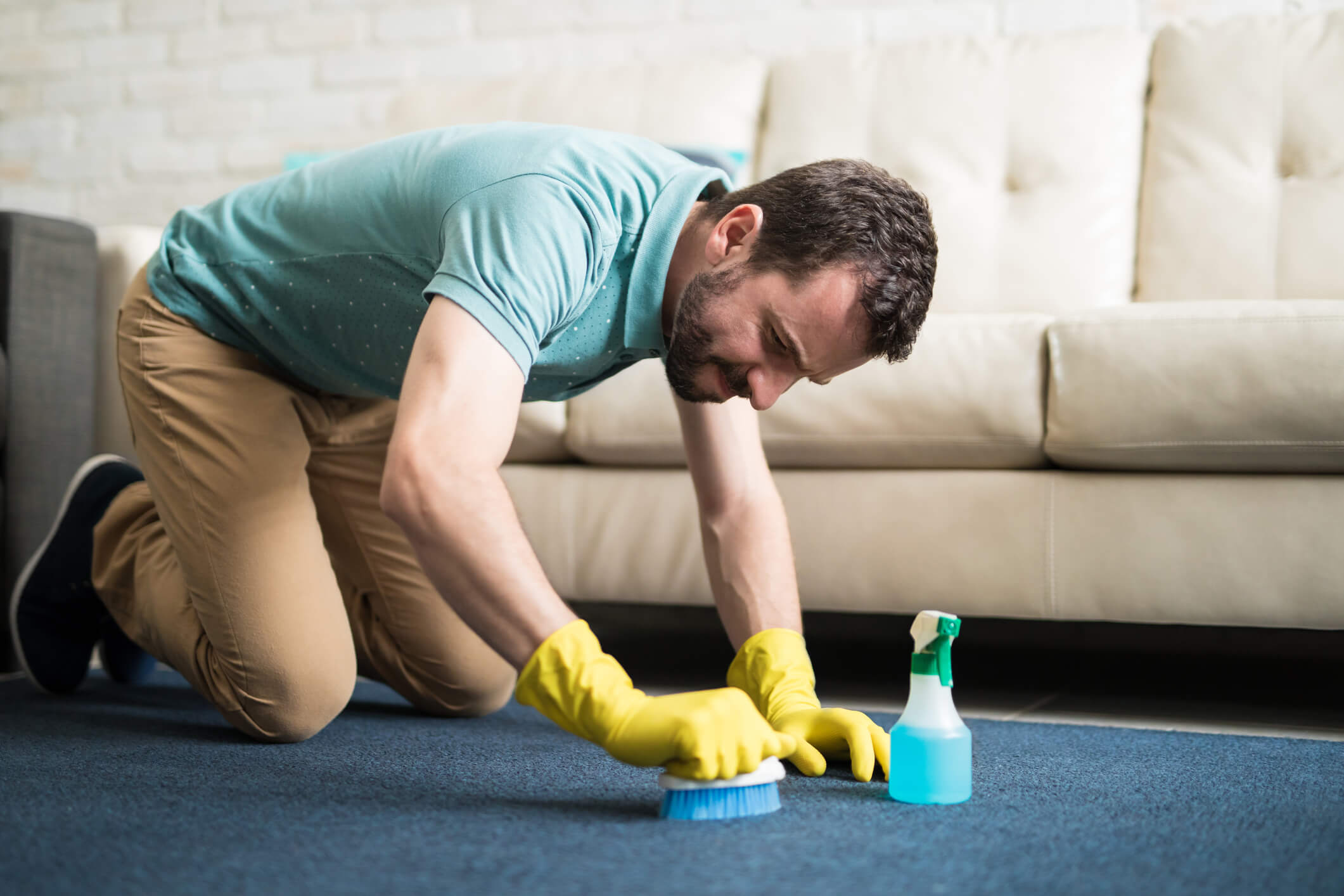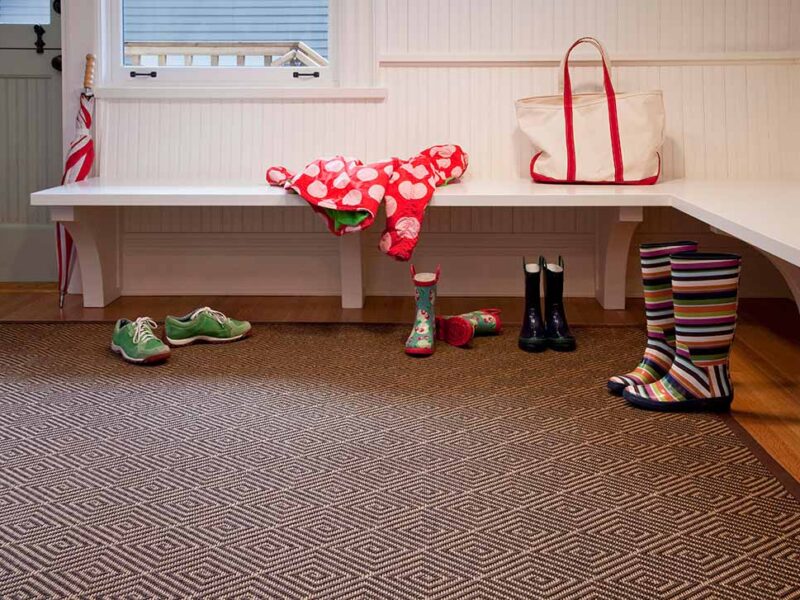Fabric upholstery cleaning is essential to keep your furniture looking fresh, feeling comfortable, and lasting longer. However, many homeowners unintentionally make mistakes that can damage their cherished sofas, chairs, or other upholstered items. Whether you’re attempting a DIY clean or hiring a professional, understanding the common pitfalls can save you time, money, and frustration.
In this blog, we’ll explore some of the top mistakes people make during fabric upholstery cleaning and share tips on how to avoid them for the best results.
Using the Wrong Cleaning Products
One of the most common errors during fabric upholstery cleaning is using harsh or inappropriate cleaning products. Not all upholstery fabrics are created equal — some are delicate, others are stain-resistant, and many require specific cleaning solutions tailored to their material. Using general household cleaners, bleach, or abrasive chemicals can strip the fabric’s color, cause fading, or weaken the fibers.
It’s crucial to check the manufacturer’s care tag on your furniture before applying any cleaning agent. Many fabrics have specific codes indicating what kind of cleaners are safe, whether it’s water-based, solvent-based, or if professional cleaning is recommended. When in doubt, always test a small, hidden area first to see how the fabric reacts before treating the entire piece.
Overwetting the Upholstery
Another frequent mistake is overwetting the fabric during cleaning. Upholstery fabrics absorb moisture, but too much water can seep into the padding and frame underneath. This excess dampness creates a perfect environment for mold, mildew, and unpleasant odors, which can be tough to remove later.
Avoid saturating the fabric; instead, use a lightly dampened cloth or a spray bottle with a gentle mist. When cleaning with machines, make sure they are designed for upholstery and have adjustable water flow settings. Proper drying after cleaning is equally important — always allow ample time for air circulation or use fans to speed up the process. Never rush to sit on your furniture until it is completely dry to avoid setting stains or causing damage.
Ignoring Regular Maintenance
Many people neglect regular upkeep, which makes fabric upholstery cleaning more challenging and less effective over time. Dust, dirt, and oils accumulate gradually, embedding themselves deeper into the fabric fibers and padding. When this happens, stains become harder to remove, and the fabric looks dull and worn.
Routine maintenance such as vacuuming with an upholstery attachment, promptly wiping spills, and rotating cushions can prevent dirt build-up. Establishing a cleaning schedule will extend the life of your upholstery and reduce the need for intensive deep cleans.
Rubbing Stains Aggressively
When it comes to stains on fabric upholstery, the natural reaction is often to scrub vigorously. Unfortunately, this approach can backfire. Rubbing harshly can push stains further into the fibers, damage the fabric surface, or even cause pilling and fraying.
The best method is to blot stains gently with a clean, absorbent cloth or paper towel, working from the outside in to prevent spreading. For tougher spots, apply a recommended cleaning solution and let it sit for a few minutes before blotting again. Patience and a gentle touch go a long way in preserving your upholstery’s appearance.
Skipping Professional Fabric Upholstery Cleaning
While DIY cleaning can handle light dirt and minor stains, skipping professional fabric upholstery cleaning is a mistake many make that can cost them more in the long run. Professionals have access to specialized equipment, cleaning agents, and expertise to tackle deep-set grime, stubborn stains, and allergens that are impossible to remove with household methods.
Professional cleaning not only revitalizes your furniture but also improves indoor air quality and ensures the fabric’s integrity remains intact. Scheduling regular professional cleanings can prevent deterioration and maintain the aesthetic appeal of your living space.
Using the Wrong Tools and Techniques
The wrong cleaning tools can damage fabric upholstery during the cleaning process. For example, stiff brushes can tear delicate fibers, and improper vacuum attachments may not remove dirt effectively. Likewise, applying excessive pressure or scrubbing in circular motions can degrade the fabric’s texture.
It’s important to use soft-bristled brushes, microfiber cloths, and vacuum cleaners with upholstery tools designed specifically for furniture. Following the correct techniques recommended for your upholstery type ensures a thorough clean without causing damage.
Not Protecting Upholstery After Cleaning
Once your upholstery is clean, it’s a mistake to ignore protective measures that can prolong cleanliness and prevent future stains. Many people miss out on applying fabric protectors or stain repellents that create a barrier against spills and dirt.
Using a quality fabric protector after cleaning helps maintain your furniture’s pristine condition and reduces the frequency of future cleanings. It’s a simple step that adds long-term value to your investment.
Why Choose Lounge Master for Fabric Upholstery Cleaning?
Avoiding these common mistakes is easier said than done, especially without professional knowledge and the right equipment. That’s where Lounge Master comes in. As experts in fabric upholstery cleaning, we understand the nuances of various fabric types and employ advanced techniques to give your furniture a deep, safe, and effective clean.
Our team treats every piece of upholstery with care, ensuring it looks refreshed and lasts longer. Don’t risk damaging your valuable furniture with DIY attempts or unreliable services. Join the many satisfied customers who trust Lounge Master to keep their fabric upholstery looking its best.
Contact Lounge Master today to experience Sydney’s premier fabric upholstery cleaning service — because your furniture deserves the best.



